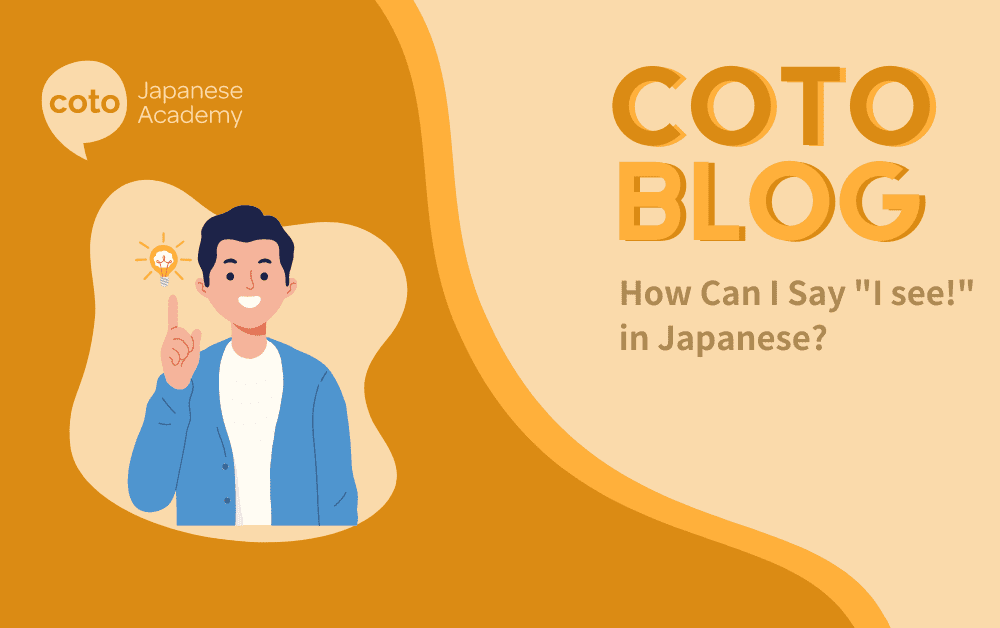If you have been in a Japanese conversation before, you may have heard the word “Naruhodo” (なるほど) being used. Although this word is rarely found in textbooks, it comes up often in Japanese conversation. In this blog we will show you what “Naruhodo” means in Japanese and how to use it in conversation.
What Does “Naruhodo” Mean?
なるほど Naruhodo means “I understand” or “I see.” While you may have often heard that “Soudesuka” (そうですか) or “Sokka” (そっか) is how to say ‘I see,’ it is slightly different from Naruhodo (なるほど).
While sokka or soudesuka certainly can be used to say ‘I see’, なるほど adds an extra nuance. Soudesuka/sokka is more neutral, while なるほど conveys a sense of agreement and a more nuanced understanding.
You can use なるほど when you learn something new or get information that you did not previously have.
Soudesuka and Sokka can also come across as cold, whereas なるほど can be used as a more warm response.
How to Use “Naruhodo”
The word naruhodo can be used in many different situations. You can use naruhodo in a polite context or informal context. Let’s look at some examples of how to use it.
あ!そういうことか!なるほどね!
A! Souiu koto ka! Naruhodo ne!
Oh! That’s what you mean! I see!
The use of なるほど in the above example conveys both a sense of understanding and of friendliness. It also expresses that the speaker has gained knowledge about something they did not know.
Let’s take a look at another example.
A: 壊れちゃったから返品したかったものです。
B: なるほど。
A: Kowarechatta kara henpin shitakatta mono desu。
B: Naruhodo。
A: I wanted to return (this) because it broke.
B: I see.
In this exchange, person B expresses their understanding in response to person A’s statement with なるほど.
This situation is a more formal one, but なるほど can still be used in the same way. It is still polite to say “I see” in Japanese.
Now you can use なるほど in your next interaction! With friends, with co-workers, or with your boss at work!
